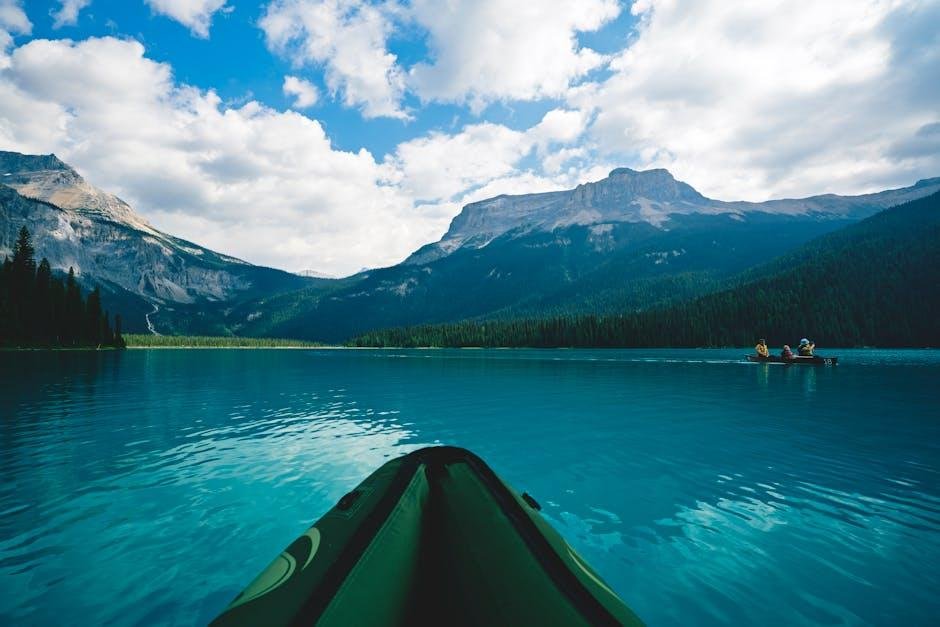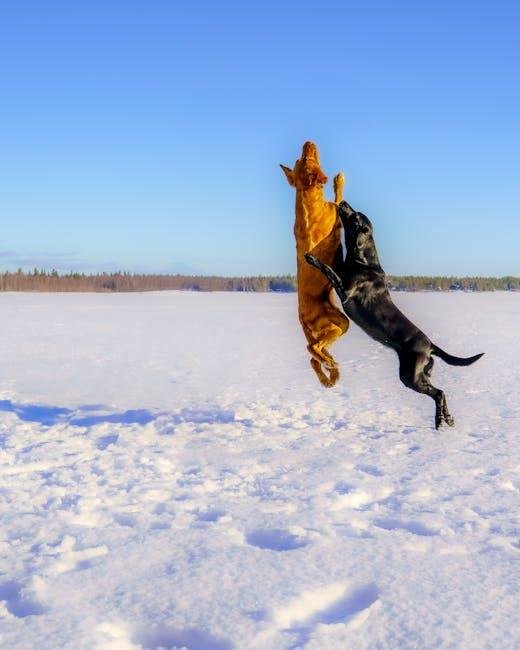In the great outdoors, few experiences rival the thrill of a sun-soaked day on the water, a fishing trip in untouched wilderness, or a lazy afternoon at the beach. Yet, amidst the exhilarating adventures, one question continually surfaces for outdoor enthusiasts: how can I keep my refreshments ice-cold? Enter the kayak cooler – an essential companion for those seeking to preserve their perishables and maintain refreshing beverages on-the-go. But with an overwhelming array of options saturating the market,how do you choose the right one? In “The kayak Cooler Showdown: What Keeps Ice Longest?”,we dive deep into the performance,design,and durability of popular coolers,pitting them against one another in a battle to uncover which champion stands the test of time. Join us as we explore innovation, functionality, and the ultimate quest for the coolest contender in the great outdoors.
Understanding Insulation Technologies in Kayak Coolers
When it comes to kayak coolers, insulation technology plays a crucial role in determining their ice retention capabilities. Different methods of insulation serve to minimize heat transfer, which is essential for keeping your drinks and food chilled. Some of the most common insulation types include:
- Foam Insulation: Often made from expanded polystyrene or polyurethane, foam insulation offers excellent thermal resistance and is lightweight.
- Vacuum Insulation: This advanced technique involves creating a vacuum-sealed space between double walls, considerably reducing heat transfer and providing superior ice retention.
- Reflective Insulation: Utilizing materials that reflect radiant heat, this type is generally combined with other insulation methods to prevent heat from penetrating the cooler.
It’s essential to consider how insulation thickness and material quality can impact performance. As a notable example, coolers with thicker walls may retain ice longer but can also be heavier. A comparison of insulation technologies can help consumers make informed choices. The following table outlines some popular insulation technologies and their key characteristics:
| Insulation Type | heat Retention | Weight | Durability |
|---|---|---|---|
| Foam Insulation | Good | Light | Moderate |
| Vacuum insulation | Excellent | Moderate | High |
| Reflective Insulation | Fair | Light | Variable |

Comparative Analysis of Ice Retention Performance
When evaluating the effectiveness of various kayak coolers, several critical factors contribute to how well they retain ice. Insulation material plays a pivotal role, with high-density foam being a popular choice due to its excellent thermal resistance. Additionally, design features such as lid seals, drainage plugs, and overall construction quality can significantly influence heat transfer and, consequently, ice retention. Coolers with thicker walls tend to perform better, as they create a barrier against external temperature fluctuations.
Another vital aspect to consider is the size and shape of the cooler, which can affect the amount of space for ice versus air. Air pockets can lead to faster melting, so a well-designed cooler that maximizes ice volume is crucial. Below is a simple comparison table showcasing different models and their ice retention times:
| Cooler Model | Ice Retention Time (hours) | Insulation Type |
|---|---|---|
| Cooler A | 48 | High-Density Foam |
| Cooler B | 36 | Polyurethane |
| Cooler C | 50 | Advanced Foam Composite |

Selecting the Right Cooler for Your Kayaking Adventures
When gearing up for your kayaking excursions, choosing the right cooler can be a game changer for keeping your drinks and snacks refreshingly cool. Consider the following factors to ensure you select a cooler that suits your adventure needs:
- Insulation Material: High-density foam or rotomolded construction can drastically improve ice retention.
- portability: Lightweight models with built-in handles or wheels are essential for easy transport.
- Size: Assess your storage capacity needs; a compact cooler might suffice for day trips, while longer excursions may require larger models.
- Durability: Look for coolers that can withstand the elements and rough handling in and out of your kayak.
To assist in your decision-making, we’ve compiled a simple comparison of popular cooler options based on their ice retention capabilities:
| Cooler Brand | Ice Retention (Hours) | Weight (lbs) |
|---|---|---|
| YETI Tundra 45 | Up to 7 days | 29 |
| Igloo BMX 52 | Up to 5 days | 18 |
| RTIC 65 | Up to 10 days | 32 |
By evaluating the listed criteria and comparing different brands, you can confidently select a cooler that ensures your kayaking experience is not only enjoyable but also refreshingly comfortable.

Top Recommendations for Maximizing Ice Longevity
To ensure your ice stays frozen for as long as possible, utilizing a few tried-and-true strategies can make a notable difference.Pre-chill your cooler by placing it in a cold environment or filling it with ice before loading it up. This initial step helps create a thermal barrier that slows down melting. In addition, consider using block ice rather than cubed ice, as larger chunks melt more slowly and last longer. For an extra layer of efficiency, try insulating the interior of your cooler by surrounding your ice with items like frozen water bottles, or even towels, which can help maintain the cold temperature inside.
Moreover, managing the exposure to warm air is crucial in enhancing ice longevity. Minimize the opening of your cooler; every time it’s opened,warm air enters while cold air escapes,accelerating the melting process. to facilitate organization and quick access, you might wont to use cooler dividers or bags to maximize space and keep your items in place. Consider trying out high-efficiency coolers designed with superior insulation; their structures often include thick walls and tight seals that reduce heat transfer significantly. Track the performance of various products by keeping notes on your experiences in a simple table:
| cooler Model | Ice retention (Hours) | Insulation Type |
|---|---|---|
| Cooler A | 48 | Polyurethane Foam |
| Cooler B | 72 | Vacuum Insulation |
| Cooler C | 36 | Expanded Polystyrene |
Closing Remarks
As we draw to a close on our exploration of “The Kayak Cooler Showdown,” it’s clear that the quest for the ultimate ice retention solution is as much about individual needs as it is about product performance. Our deep dive into the capabilities of various coolers reveals that factors such as insulation material, design, and construction all play pivotal roles in keeping your provisions frosty, whether you’re on a day-long kayak trip or an extended expedition.
Ultimately, the right cooler for you will depend on your specific adventure needs, be it lightweight portability, robust durability, or extended ice life. As you set out to make your choice,consider not only the specs but also how you’ll be using your cooler in the great outdoors. Knowledge is empowerment,and now armed with insights from our showdown,you’re better equipped to select a cooler that will keep your refreshments chilled,memories fresh,and adventures unforgettable.Happy kayaking, and may your ice last as long as your adventures!
